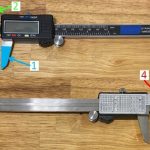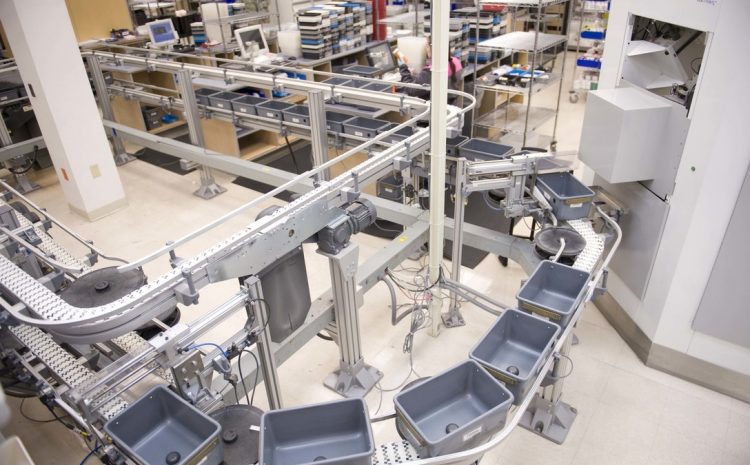Whether you are manufacturing small, medium or large products, your assembly process will likely benefit from a combination of automated and manual transfer operations.

The Influence of Product Life Cycles and Production Volume
When determining which transfer operations will benefit most keenly from being automated, it is important to consider the life cycle of the product and the volume of production.
Products being manufactured at low volumes and those with short life cycles are often more ideally suited to manual transfer operations. Conversely, products being manufactured at consistently large volumes are ideal candidates for automated transfer systems.
If your production will benefit from automated systems, it is important to select the best conveyer for your needs.

The Process of Selecting the Right Conveyer System
Automated transfer systems are often implemented to reduce costs, but they can also facilitate increased production and ensure working environments allow teams to work efficiently and effectively.
Although it can be tempting to begin by examining the conveying process, it will be more beneficial to define the requirements of products being manufactured first. In many instances, the features of the product can determine which conveyer will deliver the best return on investment (ROI).
These physical determining factors include:
– The type of product, its shape and dimensions.
– The weight of the product and how it should be oriented.
– The fragility of the product.
The requirements of your process will also influence your conveyer selection, some of which include:
– The distance and speed at which the product needs to be moved.
– Whether the path requires elevation changes, diversions, stops or curves.
– The ambient environment of the production floor and whether it will be exposed to water, dust or other contaminants.
Commonalities Between Conveyer Systems
Many assembly applications have shared features. From being easily accessible from multiple sides to remaining adaptable to variable payloads, many pneumatic conveying systems, examples of which can be seen in further detail at https://www.aptech.uk.com/pneumatic-conveying-systems/, are highly versatile and suited to a range of different applications.
Before making any decisions, it is important to question precisely which benefits you expect to see from utilising automated transfer systems. With this information, determining expected ROI should be simple, particularly when answers are framed in relation to the alternative methods, such as semi-manual or manual transfer systems, that are available to you.














+ There are no comments
Add yours